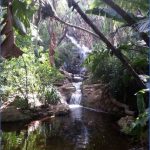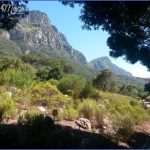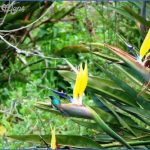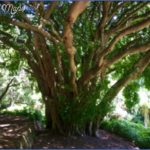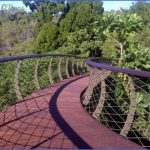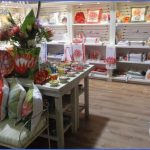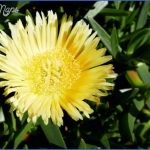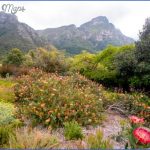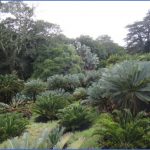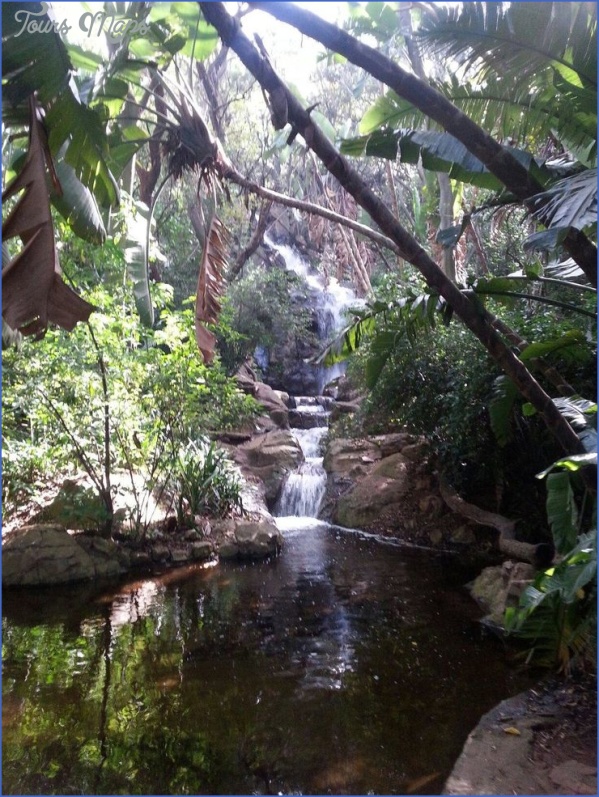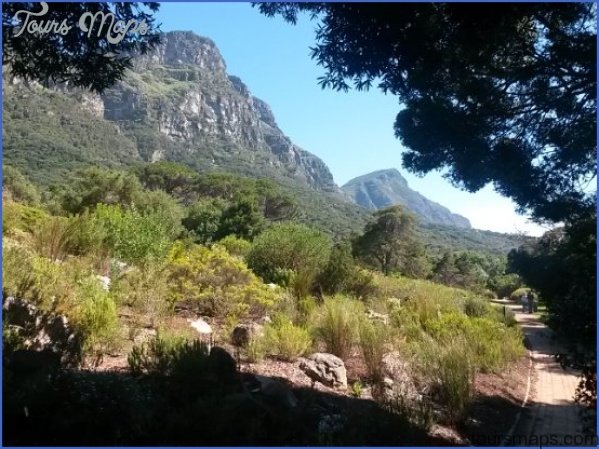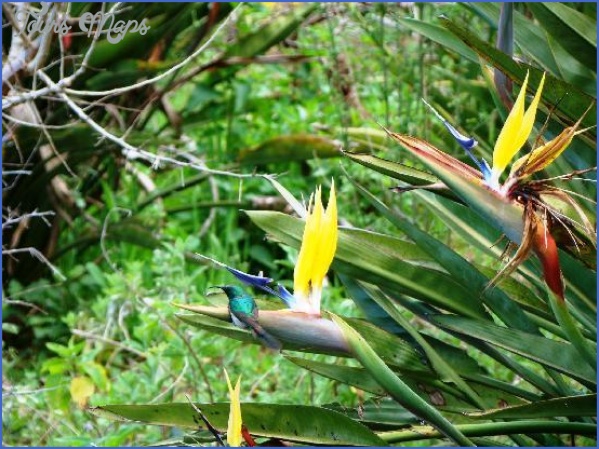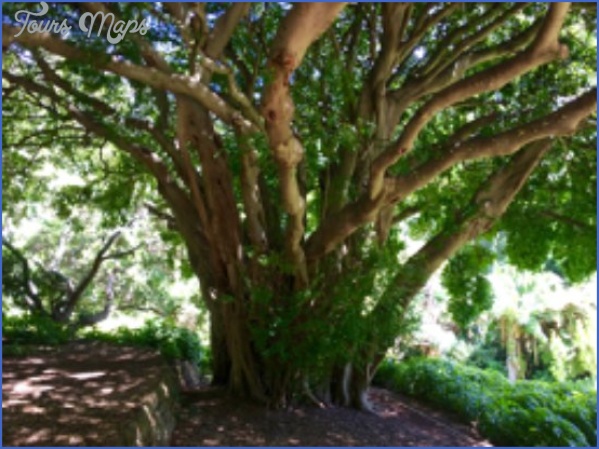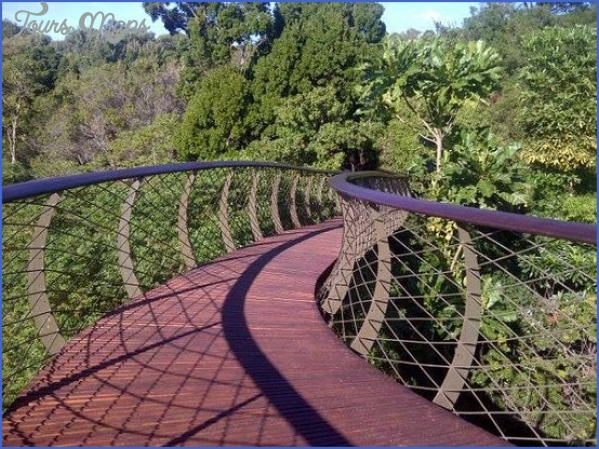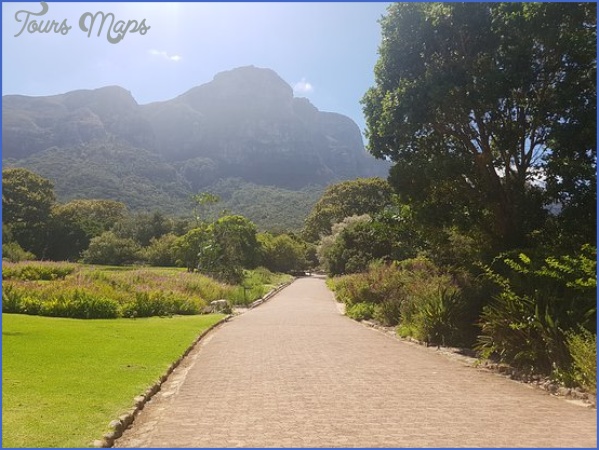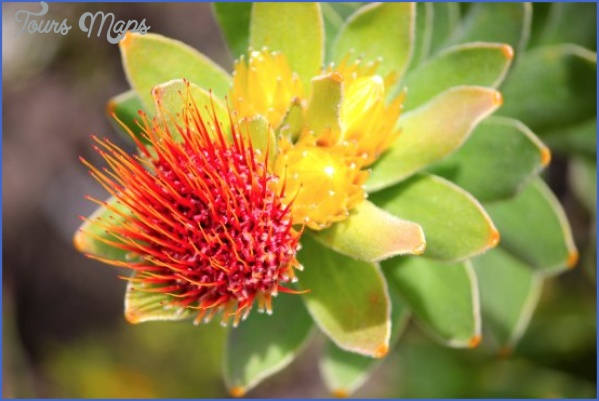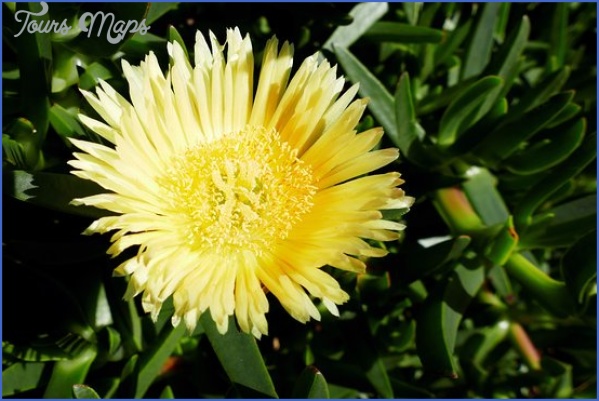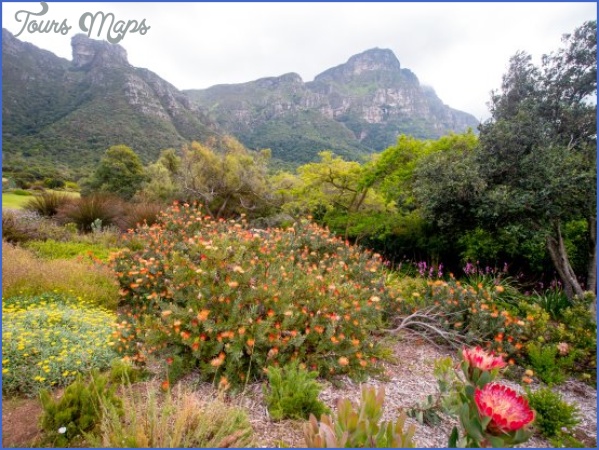Kirstenbosch offers shaded habitats for many forest-floor species, including 40 species of Streptocarpus, although it is mostly a summer-rainfall group and suffers from the hot, dry days of the Cape summer. Similarly, the genus Clivia, or Forest Lily, comes from South Africa’s summer-rainfall area. But John Winter has built up a valuable living collection of the genus, including the first breeding stock of the rare, winter-rainfall, and aptly named Clivia mirabilis. This species was discovered only in 2000 in a shaded but dry valley near Nieuwoudtville, in the winter-rainfall region of the Northern Cape.
Kirstenbosch National Botanical Garden Trip Advisor Photo Gallery
Pioneer species such as the Keurboom, Tree Fuchsia, Turkey Berry, Wild Pear and Cape Myrtle have been used as nursery plants to provide shade in the ‘Enchanted Forest’, a relatively new development on the warmer, north-facing slopes of the Garden, where more than 450 different trees (representative of some of South Africa’s over 1 000 species of tree flora), have subsequently been introduced. John Winter initiated this project in 1980, and the Forest’s dense, shady habitat created has been used by Ernst van Jaarsveld to introduce the many species of Plectranthus he has collected in the forests of KwaZulu-Natal and the Eastern Cape. Wide sweeps of pink, mauve, blue and white plectranthus now cover the forest floor in autumn, with red and orange clivia appearing through late winter and early spring, and clumps of streptocarpus dotted through the deeper shade.
Many new selections of horticultural interest have been introduced to Kirstenbosch by the Garden’s plant hunters. In particular, the genus Plectranthus has offered many exciting finds. These include the white-flowering Plectranthus ecklonii ‘Tommy’, the purple P. ecklonii ‘Medley Wood’ and the pink P. ecklonii ‘Erma’. A spreading crown of Schotia brachypetala provides an ideal habitat for these shade-loving species of the coastal forests of eastern South Africa.
A horticultural tightrope The first sign of infection by root-rot fungus in a Silver Tree is the rapid wilting of terminal leaves, followed by a golden glow, and death within a few weeks. The Garden’s compost factory supplies the fynbos beds with a dense cover of wood chippings to conserve water and suppress weed growth. Water in the right quantity and at the right time, and regular composting of the lawns and beds, are as critical to the success of the Garden as is its special setting. But both watering and composting carry dangers.
Fynbos species are adapted to nutrient-poor soils and dry summers, while the lush, thirsty kikuyu and buffalo grass lawns that intersperse the flower beds need regular watering and feeding. Too much watering in summer promotes fungal growth in sensitive fynbos species – in particular, the root-rot fungus Phytophthora – which is often fatal. The absence of fires in Kirstenbosch, which are the natural agents of sterilisation in fynbos ecosystems, puts the fynbos at even greater risk.
What is more, fynbos species dislike having their roots disturbed, making it difficult for gardeners to control the weeds that grow prolifically in summer, and which further deplete the poor soils as well as make the Garden look unsightly.
To accommodate these preferences, the fynbos beds are regularly covered with a dense layer of wood chippings, serving the dual role of smothering weed growth and retaining moisture. Compost has also been used as a mulch in the erica and some protea beds, giving the added advantage of providing regular, but low, levels of nutrients. Fynbos horticulture is not for the faint-hearted!
Maybe You Like Them Too
- Top 10 Islands You Can Buy
- Top 10 Underrated Asian Cities 2023
- Top 10 Reasons Upsizing Will Be a Huge Travel Trend
- Top 10 Scuba Diving Destinations
- World’s 10 Best Places To Visit

